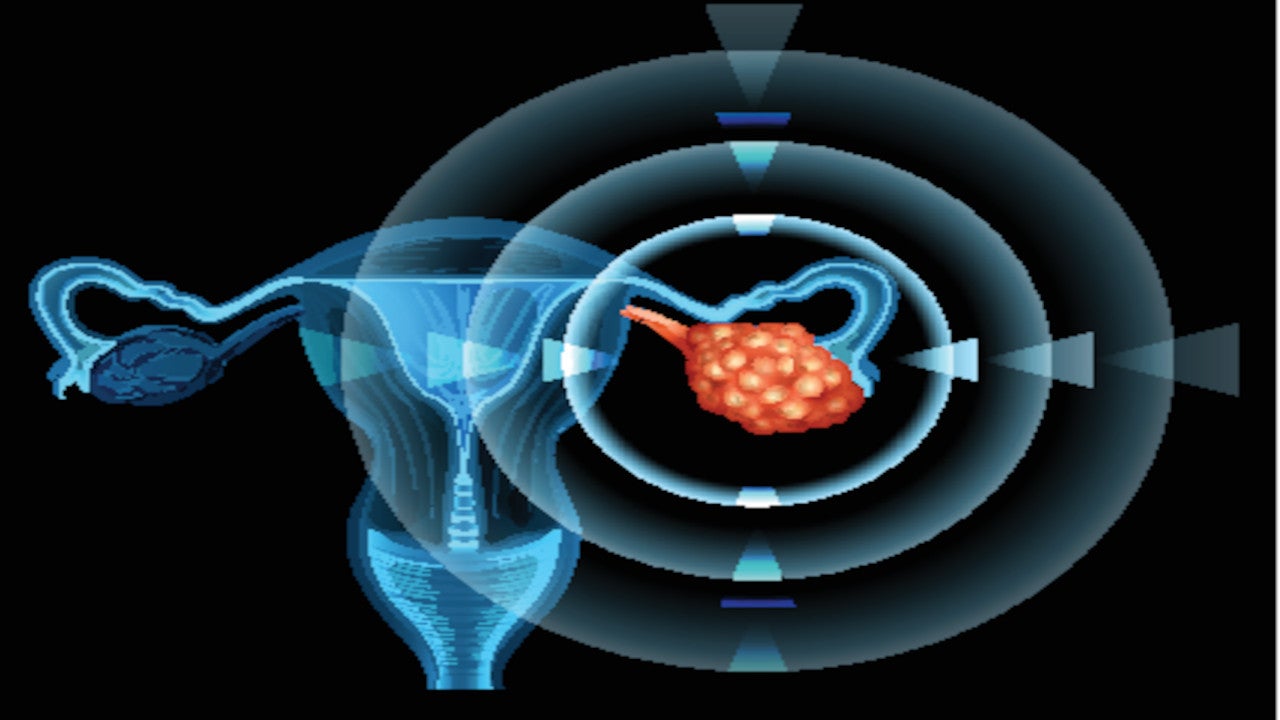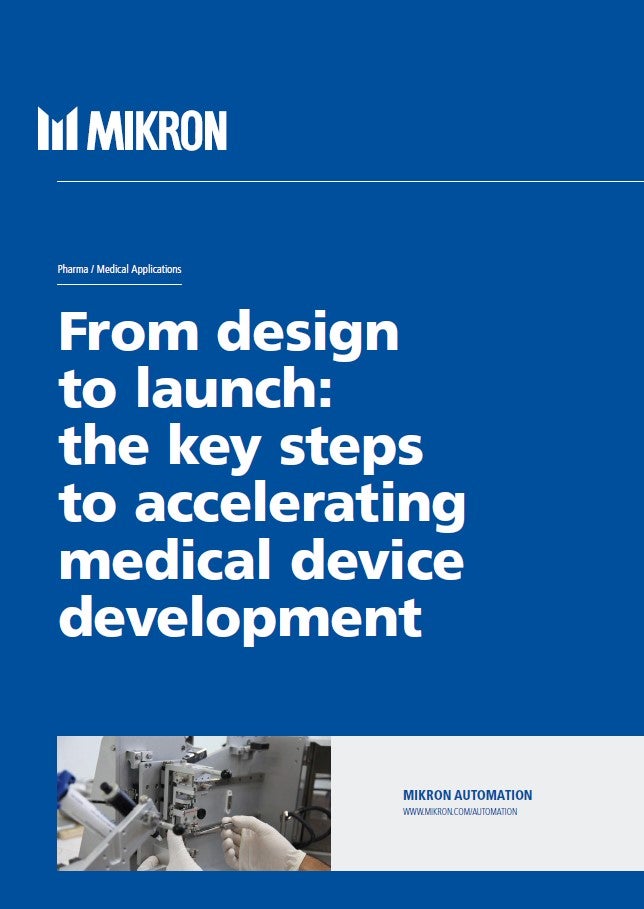- Improved diagnostic bolsters chance of finding mirvetuximab-sensitive patients
- Community hospitals may need training to use new diagnostic
- Avastin use prior to Phase III recruitment clarifies ADC positioning in practice
ImmunoGen’s Phase III antibody-drug conjugate (ADC) mirvetuximab soravtansine drew mostly long-term expert optimism for market success in the niche group of folate receptor alpha (FRa) high expressor ovarian cancer patients. But finding this subset of patients will depend on the broader feasibility of using a diagnostic test which may require additional training, some experts said. That said, the setting in patients who have failed Roche’s Avastin (bevacizumab) clarifies where the ADC would fit into the treatment paradigm.
Mirvetuximab has positive post hoc Phase III FORWARD I trial data in FRa high expressors, which is likely to be replicated in the Phase III SORAYA trial, experts said. With potentially positive SORAYA data, approval is also likely, they added. SORAYA focuses on high expressor patients only and has a more specific diagnostic test. In addition, mirvetuximab has a positive adverse-event profile that tips the ADC’s risk-benefit ratio positively, they added.
How well do you really know your competitors?
Access the most comprehensive Company Profiles on the market, powered by GlobalData. Save hours of research. Gain competitive edge.

Thank you!
Your download email will arrive shortly
Not ready to buy yet? Download a free sample
We are confident about the unique quality of our Company Profiles. However, we want you to make the most beneficial decision for your business, so we offer a free sample that you can download by submitting the below form
By GlobalDataImmunoGen had to regroup owing to the failed FORWARD I trial investigating mirvetuximab in medium and high FRa expressor patients. But experts this news service interviewed said, while zeroing in on just high expressors would shrink mirvetuximab’s overall market, it helps guarantee the ADC’s long-term success potential.
ImmunoGen plans to share topline SORAYA data in 3Q, which would pave the way to an FDA BLA submission by YE21, according to a company presentation at this month’s JP Morgan Healthcare Conference. The company has a confirmatory Phase III MIRASOL study for which topline data is expected in 1H22. Mirvetuximab, which is mainly investigated in ovarian cancer, is estimated to reach peak sales of $377m in 2026, according to GlobalData consensus forecasts. ImmunoGen’s market cap is $1.43bn.
Efficacy signal for ADC in FRa high expressors
The FORWARD I post hoc analysis shows that FRa high expressors may experience the most benefit with mirvetuximab in ovarian cancer, said Dr Peter Lim, gynaecologic oncologist, Centre of Hope, Reno, Nevada. The ADC has potential to be approved in FRa high expressors if there is similar data in the Phase III studies, he added. Mirvetuximab consists of an FRa-binding antibody, a cleavable linker, and cytotoxic payload maytansinoid DM4.
In the negative 366-patient Phase III FORWARD I trial, which included both FRa medium and high expressors, mirvetuximab offered a median progression-free survival (mPFS) of 4.1 months versus 4.4 months with chemotherapy (p=0.897), the trial’s primary endpoint, according to the ESMO 2019 data presentation. Post hoc review of FRa high expressors showed that mirvetuximab has an mPFS of 4.8 months versus 3.3 months with patients on chemotherapy (p=0.049), as per the same presentation.
The FDA provided guidance that the success benchmark for SORAYA based on its patient population is an overall response rate (ORR) of 12%, this trial’s primary endpoint, an ImmunoGen spokesperson said. Post hoc FORWARD I data in FRa high expressors shows that the ORR with mirvetuximab was 24% versus 10% on chemotherapy (p=0.014).
But post hoc data only offers a positive efficacy signal, with the ongoing trials needed to validate post hoc results, said SORAYA investigator Dr Conleth Murphy, consultant oncologist, Bon Secours Cork Cancer Centre, Cork, Ireland. The post hoc p-value for the mPFS was not significant per Hochberg procedure. However, if SORAYA mirrors post hoc FORWARD I results, this would be clinically significant and lead to approval, said Murphy.
Supporting SORAYA’s success potential is a more specific screening test to find FRa high expressor patients. FORWARD I utilised the 10X scoring system which gave quicker responses, while SORAYA uses the PS2 scoring system. The 10X system does not correlate well with PS2 scoring method, Murphy added. In fact, only 35% of FORWARD I participants would be FRa high expressors if the PS2 scoring was used, while with the 10X scoring, FORWARD I classified 58% as FRa high expressors, according to the ESMO presentation. A tumour is considered high expressor if 50% or more of its cells have the FRa receptor. PS2 uses traditional IHC methodology, whereas 10X scoring is based on samples stained and measured via a 10X microscope.
But PS2 may not be as easy to adapt in community hospitals compared with the 10X scoring approach. Diagnostic testing needs to be readily available for a wide variety of labs and be reproducible with a low rate of incorrect results, said Dr Mihaela Cristea, director, Gynaecologic Oncology, City of Hope, Duarte, California. While there may be a learning curve for pathologists to use the PS2 scoring test, it is not very complex and is manageable in practice, said Murphy.
Even if mirvetuximab will not be applicable in nonFRa high expressors, it is useful for patients who are likely to benefit, said Dr Katherine Kurnit, assistant Professor of Obstetrics and Gynaecology, University of Chicago Medicine, Illinois, referring to the success of PARP inhibitors in BRCA-mutant tumours and immunotherapy with microsatellite-instable (MSI)-high tumours. ImmunoGen has partnered with Roche Tissue Diagnostics (RTD), a division of Roche, to develop and commercialise a companion diagnostic based on the PS2 scoring method, said the spokesperson. In the near term, the diagnostic is designed to be a stand-alone test, but it is envisioned to be used as a part of a standard panel during initial screening of patients in the future, the spokesperson added.
Nevertheless, mirvetuximab is well-tolerated in heavily treated patients with limited options, said Lim. Many ovarian cancer patients are relatively young and have a symptomatic form of disease, so a therapy that is better tolerated than chemotherapy would be of value, Murphy added. The field would accept shorter PFS improvements with therapies that have other benefits such as improved tolerability, said Kurnit.
The most common ADC-related adverse events included nausea, blurred vision and keratopathy, with Grade 3 or greater only constituting 1–2% of events. Ocular side effects are manageable and reversible, said Lim, with Murphy adding keratopathy is manageable with eye drops.
SORAYA recruiting post-Avastin patients makes uptake path clear
Another value-added feature of the SORAYA trial design is that it is zeroing in on patients who have been treated with Avastin. This inclusion criteria means best standard treatments have been exhausted by the time a patient is enrolled on the study, said Cristea. Mandating prior exposure to Avastin in single-arm SORAYA would eliminate the ambiguity on whether to use Avastin plus chemotherapy over mirvetuximab, or vice versa, she said. And so, this trial design provides a better understanding of SORAYA data’s clinical significance, she added. Avastin is approved for use in combination with chemotherapy in platinum-sensitive, recurrent-disease patients; in platinum-resistant settings; and as maintenance therapy following surgical resection.
In FORWARD I, 49% of patients in the mirvetuximab arm previously received Avastin, but there is no available data specific for these patients as well as how many FRa high expressors had Avastin. In practice, after Avastin, only single-agent chemotherapy is available and very little is known about its efficacy in this setting, said Cristea.
Full FORWARD I data was reported in September 2019. Since then, experts noted, use of PARP inhibitors such as GlaxoSmithKline’s Zejula (niraparib) and AstraZeneca’s Lynparza (olaparib) have expanded to frontline setting. Lynparza is approved specifically for patients with germline BRCA mutations. Only 10% of FORWARD I patients have previously been prescribed PARP inhibitors. More patients would have been prescribed PARP inhibitors in SORAYA than in FORWARD I, experts noted. While several therapies have advanced treatment standards in platinum-sensitive disease, there is still unmet need once patients become resistant to platinum chemotherapy, experts added.
Looking further ahead, ImmunoGen aims to move into earlier lines of treatment. It aims to get a compendia listing for mirvetuximab plus Avastin combination in the recurrent setting, and mirvetuximab plus carboplatin in platinum-sensitive patients, in 2022 and 2023, respectively, as per a January presentation.
In an earlier line of treatment, there are no parameters to choose between the ADC and PARP inhibitors so whether mirvetuximab will be chosen before PARP inhibitors is unknown, said Lim. However, the percentage of patients who are both FRa high expressor and BRCA-mutant is unknown, so it is difficult to say which approach may have a better risk-benefit ratio, he explained.
Manasi Vaidya is a Senior Reporter for Clinical Trials Arena parent company GlobalData’s investigative journalism team. A version of this article originally appeared on the Insights module of GlobalData’s Pharmaceutical Intelligence Center. To access more articles like this, visit GlobalData.










Related Company Profiles
AstraZeneca Plc
ImmunoGen Inc